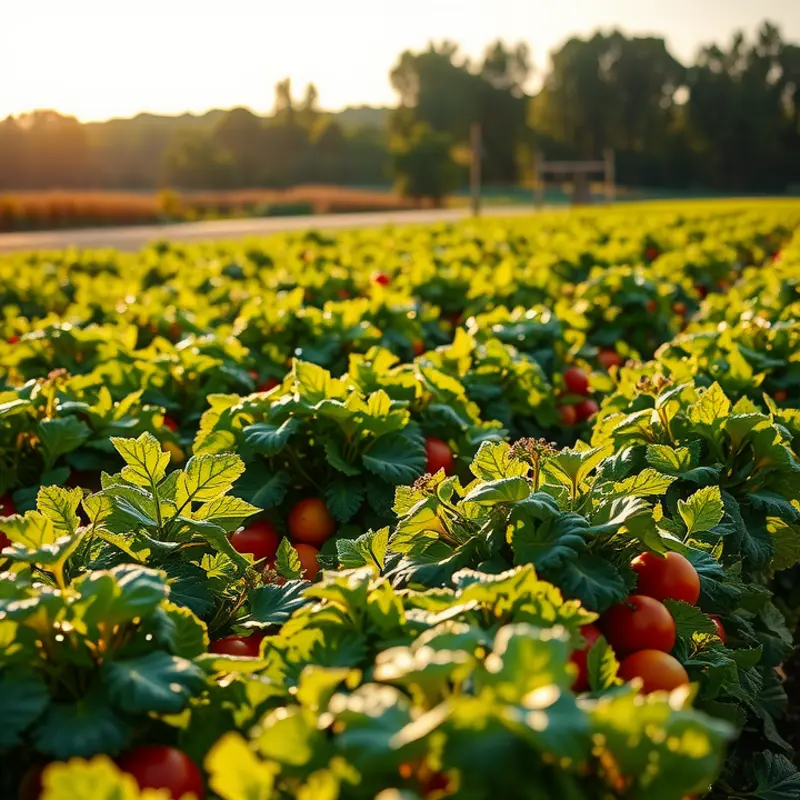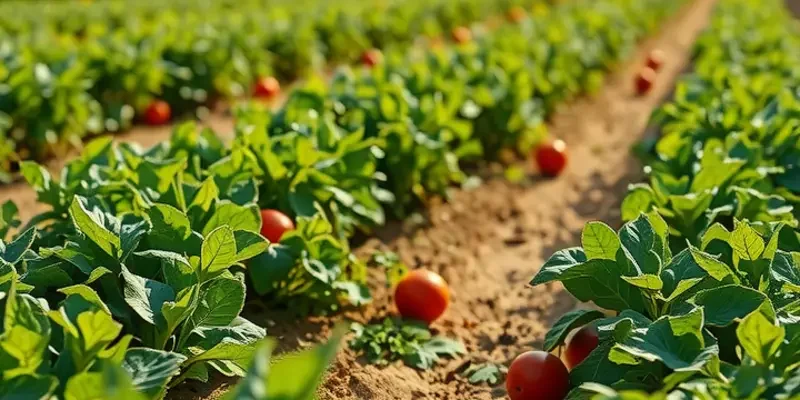Smart food rotation is essential for maintaining food freshness, reducing waste, and managing your kitchen effectively. By learning how to prioritize items based on their shelf life and storage conditions, you can ensure that your meals are always safe and appealing. This guide will walk you through straightforward strategies that you can easily implement, transforming your food management practices at home.
Understanding Food Shelf Life

Understanding food shelf life is essential for effective storage and reducing food waste. Food can be categorized into three main types: perishable, semi-perishable, and non-perishable. Each category has a unique shelf life due to differences in moisture content, storage requirements, and susceptibility to spoilage.
Perishable foods include fresh fruits, vegetables, milk, and meats. These items have a high water content, making them particularly susceptible to the growth of bacteria, molds, and yeast. To prevent rapid spoilage, refrigerate these foods promptly. Generally, they have a shelf life that ranges from a few days to a week. For meats, it’s important to check for safe storage practices. Properly freezing perishable items can extend their shelf life significantly, helping to minimize waste.
Semi-perishable foods include grains, potatoes, and nuts. These items have a longer shelf life compared to perishable items, often lasting from several weeks to a few months. Storage conditions largely determine their longevity. Keeping them in a cool, dry environment helps maintain their quality. Pay attention to moisture levels, as excessive dampness can lead to spoilage from mold and pests. Potatoes, for example, should be stored in a dark, ventilated space to prevent sprouting and greening.
Non-perishable foods are the champions of long shelf life. Items like canned goods, dried beans, and pasta fall under this category. These foods can last several months or even years if stored correctly. Keeping them in a cool, dry pantry can preserve their quality. Always check the integrity of packaging on canned goods to avoid the risk of contamination from rust or punctures. It’s also wise to periodically rotate these items in your pantry to ensure older stock is used first, a practice known as first-in, first-out.
To make smart food storage decisions, familiarize yourself with storage guidelines specific to each food type. Identifying and understanding these categories helps in prioritizing storage efforts effectively. Moreover, utilizing airtight containers for dry goods and learning proper freezing techniques are invaluable strategies. As you deepen your knowledge of food shelf life, you can improve safety and reduce waste in effortless ways.
Explore the importance of smart storage with these eco-friendly kitchen storage solutions to elevate your food management practices even further.
Techniques for Effective Food Rotation

Utilizing effective food rotation techniques not only prolongs the shelf-life of your ingredients but also saves money and reduces waste. Consider implementing FIFO, or First In, First Out, a key strategy for keeping your perishables fresh. This method encourages using the oldest items first, minimizing the risk of spoilage.
Start by organizing your pantry and fridge items according to their expiration dates. Place those with the earliest dates at the front, so they are more likely to be used soon. Create a habit of shifting new purchases to the back, maintaining a sequential usage order. This simple yet efficient rule can lead to dramatic reductions in the amount of food wasted.
Clear labeling is another fundamental element of effective food rotation. When you purchase groceries, label each item with the purchase date using a permanent marker or designated label stickers. This assists in tracking how long an item has been stored, facilitating timely consumption of the oldest products.
Incorporate color-coded labels for even more streamlined organization. For instance, you can allocate certain colors for specific food groups or purchase periods. This system can quickly inform which items need immediate attention, making it visually intuitive.
Strategically using storage containers further supports efficient food rotation. Opt for clear containers, as transparency offers instant visibility into the items and their states. Arrange containers in neat rows or stacks, ensuring older batches are always positioned towards the front.
Adjustable shelving can be a game-changer in maximizing storage spaces. These allow for customizable setups, accommodating diverse container sizes and effectively organizing different food categories. Employ flexible storage systems, like bins or dividers, to separate items for easier access and monitoring.
Regular inventory checks are also crucial. Schedule periodic assessments of your stocks to identify items nearing their expiration dates. Incorporating an easy-to-use inventory list or a digital app can simplify tracking and remind you of upcoming uses.
Combining these techniques fosters a mindful approach to food storage and consumption. Moreover, it aligns well with broader sustainable practices, promoting a kitchen that values efficiency and responsibility. To explore more about sustainable kitchen storage solutions, you might find insightful tips here.
By refining these techniques to suit your lifestyle, food rotation can become second nature, optimizing your resources while contributing to household sustainability. Embrace these methods and witness the transformation in how you manage food at home.
Final words
Implementing smart food rotation isn’t just about reducing waste; it’s about cultivating a more efficient and sustainable kitchen. By understanding the shelf life of various food items and applying effective storage techniques, you set the stage for not only maintaining food safety but also optimizing your meal planning. Embrace these practices to enjoy fresher ingredients, save money, and contribute to a more ecological food system.







